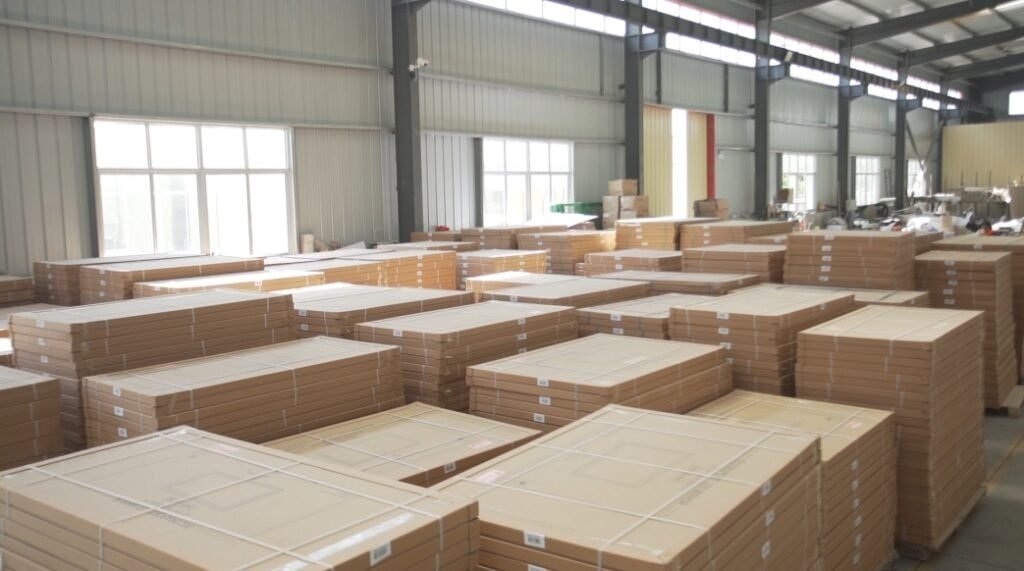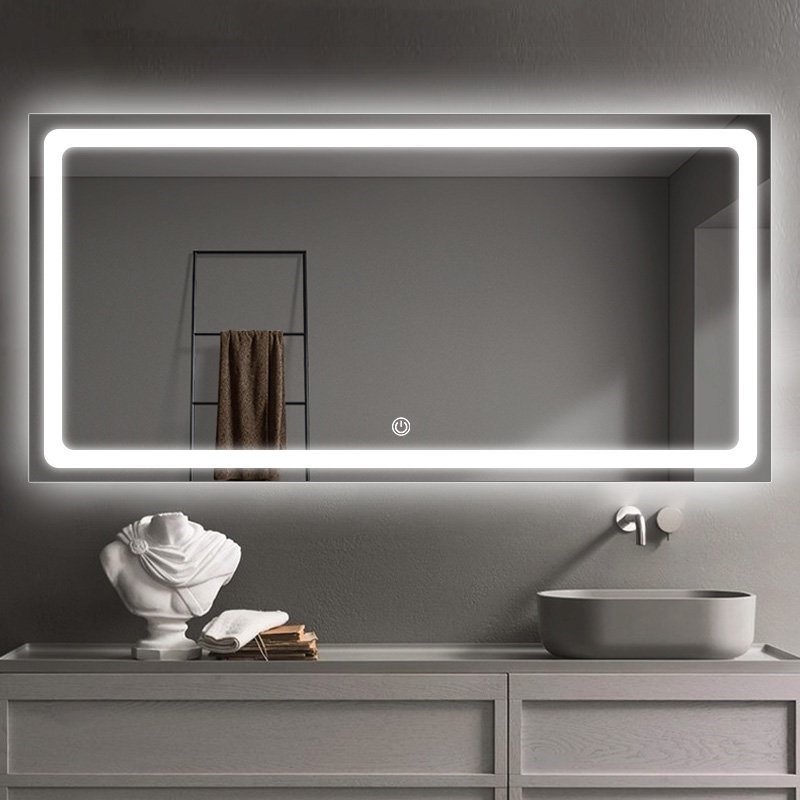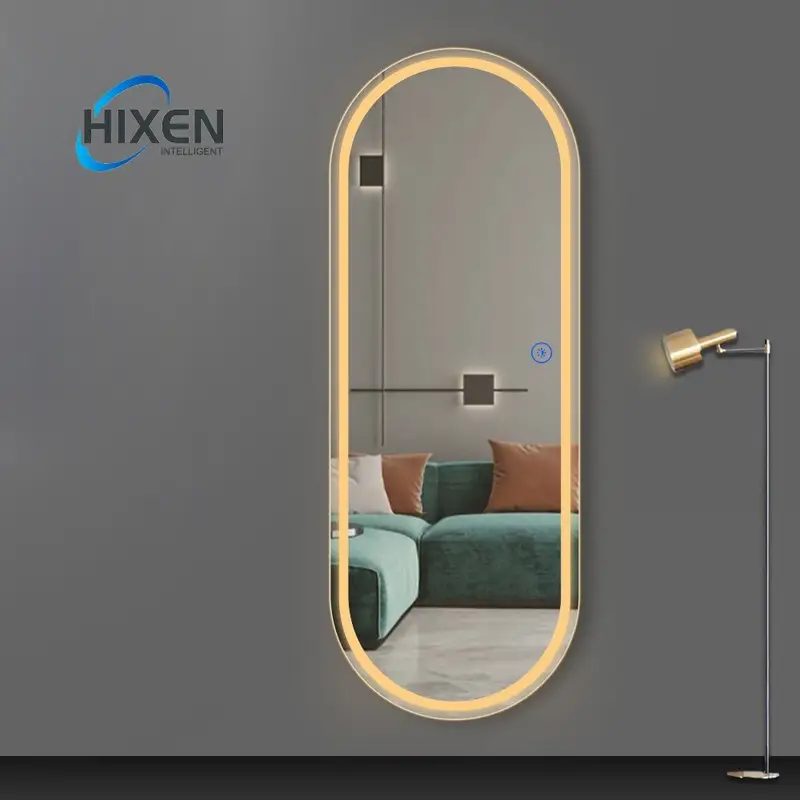|
الحصول على الخاص بك الثالوث الصوت اللاعب جاهز...
|

Navigating the importation of LED mirrors can be difficult for many businesses and individual buyers. The key is understanding the process to ensure a seamless transaction.
This guide outlines the essential steps to import LED mirrors, including selecting suppliers, ensuring quality, and navigating regulations. Following these guidelines will help streamline your import experience.
Keep reading for a detailed guide and helpful tips on how to effectively import LED mirrors.
Steps to Import LED Mirrors
It is important to understand the basic process involved in the importation of LED mirrors so you can be successful.
This usually requires choosing a reliable supplier, getting product specifications verified and meeting local requirements for the products.
Start by researching LED mirror manufacturers and wholesalers. You want to verify their certifications, quality standards to avoid any potential headaches. Consider hiring a customs broker to assist with the process and making sure all documents are in order.
1. Research and Find Manufacturers
Online Platforms: Use platforms like Alibaba, Global Sources, و صنع في الصين to find LED mirror manufacturers. Look for suppliers with high ratings and good reviews.
Trade Shows: Attend industry trade shows (على سبيل المثال, Canton Fair) to meet manufacturers and see the products in person.
الشهادات: Make sure the manufacturers have the necessary certifications (على سبيل المثال, م, RoHS) to ensure the products are safe and compliant.
2. Request Quotes
Contact Multiple Suppliers: Reach out to several manufacturers with your detailed specifications, such as sizes, features (على سبيل المثال, بلوتوث, touch sensors), and material preferences.
Comparison: Compare prices, minimum order quantities (MOQs), and lead times. Consider the total landed cost, including shipping and customs.
3. Sample Evaluation
Request Samples: Before placing a bulk order, ask for samples to check the quality, finish, والوظيفة.
الاختبار: Test the samples for durability, lighting quality, and any special features. This way, you can be sure the final product meets your expectations.
4. Negotiate Terms
Pricing: Talk about prices and negotiate based on your order size and payment terms. Larger orders often mean bigger discounts.
Payment Terms: Common terms are 30% deposit before production and 70% upon shipment. Make sure the terms are clear to avoid any confusion.
Lead Times: Confirm the production timeline and discuss penalties for delays.

5. Place Your Order
Formal Agreement: If you’re happy, send a purchase order with the specifications, terms, and conditions.
Contract: You may want to draw up a contract that includes quality standards and delivery timelines to protect both parties.
6. Arrange Shipping
Shipping Method: Decide whether you want to ship by air (faster, more expensive) or sea (slower, cheaper). Your choice will depend on how quickly you need the products and your budget.
Freight Forwarder: Hire a freight forwarder to handle logistics, such as booking shipments, dealing with customs paperwork, and arranging delivery to your location.
7. Customs Clearance
التوثيق: Get all the necessary documents ready, such as commercial invoices, packing lists, and bills of lading. Your freight forwarder can help you with this.
Duties and Taxes: Know the import duties and taxes for your country. Make sure you have the money to pay for them.
8. Delivery and Inspection
Arrival: When the shipment arrives, check the cargo for any damage or discrepancies with your order.
ضبط الجودة: Make sure the mirrors meet the quality standards you set during the sample evaluation. If there are any issues, let the supplier know right away.
Common Questions
The process of import involves several key questions. People are always concerned about shipping logistics, methods of payment, and how to ensure the quality of the product.
When it comes to logistics, the questions usually deal with the time it will take and how much it will cost to ship the product. Compare prices with different shipping companies. Use secure payment methods, such as letters of credit, to protect both buyer and seller. أيضًا, ask for samples before ordering a large shipment to verify the quality.

Choosing the Right Supplier
Choosing a reliable supplier is key to success. You can judge a supplier by their reputation, الشهادات, and their ability to communicate.
Look for LED mirror manufacturers that have a track record for producing quality products. Ask the manufacturer for references and read reviews from others who have purchased items from them. You will want someone who can communicate clearly and respond quickly to your questions in order to make the process go smoothly.
Are LED Mirrors Hard to Install?
Many people wonder how difficult it will be to install LED mirrors. معظم الوقت, installing an LED mirror is pretty easy and can be done with basic tools.
There are often installation instructions that come with the LED mirror. For the hardwired models, some people may just want to hire a professional to install it. If you have any DIY skills at all, you should be able to handle the majority of these installations. Just make sure to follow any safety guidelines when working with wiring.
What are the Disadvantages of LED Mirrors?
As wonderful as LED mirrors can be, they also have negative aspects. Some of the disadvantages might be a higher price tag and the care you need to take when installing them.
Some people may not like the fact that LED mirrors are more expensive than a non-LED mirror, and there is the extra chance of something going wrong if you don’t install it correctly. You will have to decide whether the benefits outweigh these aspects in your mind.
Do LED Mirrors Use a Lot of Electricity?
One big concern might be energy use. The LED mirrors are typically energy-efficient and use less energy than traditional lighting options.
LED mirrors typically use a lot less wattage, so they are pretty good at saving energy. You should check the specifications on each before buying, but most people are pretty happy with the energy savings.

How Long Do LED Mirrors Last?
How tough the LED mirror is should be something you consider. عادة, the lifespan of an LED mirror is around 30,000 ل 50,000 ساعات.
This means they are not something you will have to replace all of the time. If you treat them right, they will last a long time, making them the economical choice in the long run.
How Bright Should an LED Mirror Be?
Brightness is another key factor when purchasing an LED mirror. How bright you need the lighting will depend on what you plan to do with the mirror, such as using it for make-up or as general lighting.
Most people prefer a mirror they can adjust the brightness on. A safe bet would be to pick a mirror that produces at least 1000 lumen, if you want an idea of how bright that is.
هل تحتاج إلى كهربائي لتركيب مرآة LED؟?
Many people ask this question when thinking about getting a hardwired LED mirror. If you are not sure how to do it, always hire an electrician to be safe.
You can probably handle the basic installations yourself, but hiring a professional will ensure that the work meets electrical codes and is done safely. This is especially true when working in bathrooms.
In closing, you need to know both how to import an LED mirror and what to look for in the LED mirror itself. Make sure you understand the process from choosing the right company to use, meeting local requirements, installation options, and energy use.
Addressing the concerns of users and knowing what some of the drawbacks might be can result in a positive experience for you. This way, not only will you have a successful transaction, but you will also be happy with your purchase. LED mirrors are great investments for both personal use and for businesses. Welcome to discuss with us

























